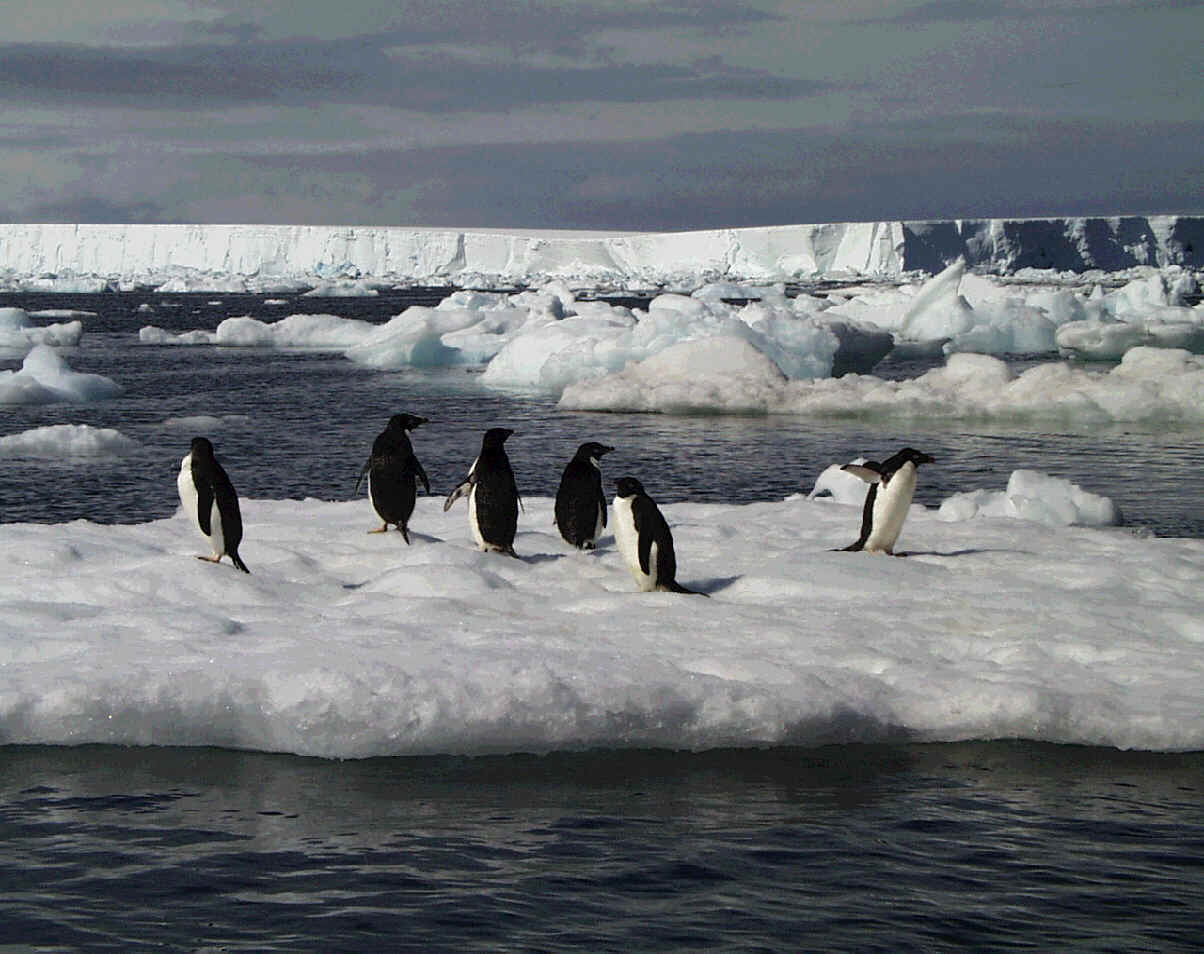Conclusions
Pleuragramma antarcticum MNI values demonstrated an oscillating pattern through time. Peak MNI values occurred from 2750-1220 B.P., which, according to Ingolfsson et al. 1998, corresponded to a period of colder and drier climatic conditions than today. In addition, time periods with relatively low P. Antarcticum MNI values, such as 3975-3265 and 895-405, corresponded to warmer climatic periods. Therefore, it appears that proportionally more P. antarcticum was consumed during colder climatic periods (Figure 1). This trend of a decreased MNI of fish during warm climatic conditions and an increased MNI during colder periods is consistent with the trend seen at Palmer Station as reported by Emslie et al. 1998 (Figure 2). The continued fluctuation of MNI values throughout time, in the midst of varying climate conditions, suggests that the P. antarcticum otoliths are being preserved well in the sediments in spite of climatic oscillations.
Psychroteuthis glacialis volume corrected MNI values do not vary significantly between sites of different ages (X2 , df = 6, p > .25). This trend could be an artifact of small sample size or a result of poor preservation of squid beaks within the sediments. However, since the younger sites displayed evidence of a higher MNI, it would be advantageous to collect additional samples to examine this trend more thoroughly.
Click on the graphs to enlarge
Aknowledgements
This project was supported by funds from the National Atmospheric and Space Administration (NASA). In addition, we thank the British Antarctic Survey (BAS) for the use of Rothera Research Station as well as their cooperation and support throughout the project. Also, we extend many thanks and appreciation to the personnel at Rothera Research Station for making us feel welcome and for providing incredible support and assistance in both the field and the lab during our stay.
